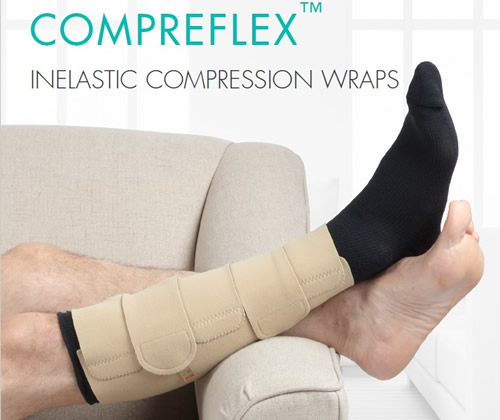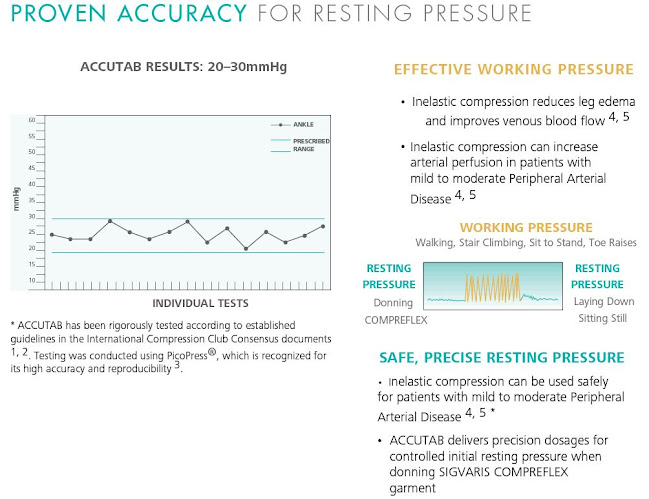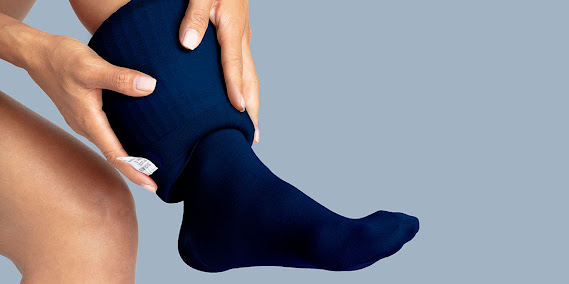How important are compression levels when applying inelastic compression wraps?
Inelastic adjustable velcro wraps are a terrific innovation in compression therapy. They are (or should be) easier to apply than bandages and compression stockings. This is important for patients who need independence and also for carers who need something simple to use.
I was contacted by the Care Services Manager of a home care service organisation who had questions around whether the non-medically trained carers could safely apply the wraps as they are not permitted to apply compression bandages. This is not surprising since there is a high level of skill and expertise required when applying bandages to ensure correct graduation and compression level.
The SIGVARIS Compreflex has an Accutab system that allows anyone to easily set an accurate prescribed compression level (adjustable from Class 1 to 3). This system means they are not relying on the judgement or skill of the carer to apply a particular compression level (either too high or not enough) as is required with compression bandages and some other wrap devices on the market.
See how the Accutabs work here:
It is important to ensure home care and aged care staff are trained in the correct application of inelastic adjustable compression wraps. When choosing a particular wrap device, it is also important that the device allows the carer to easily and accurately set the prescribed compression level.



Comments
Post a Comment